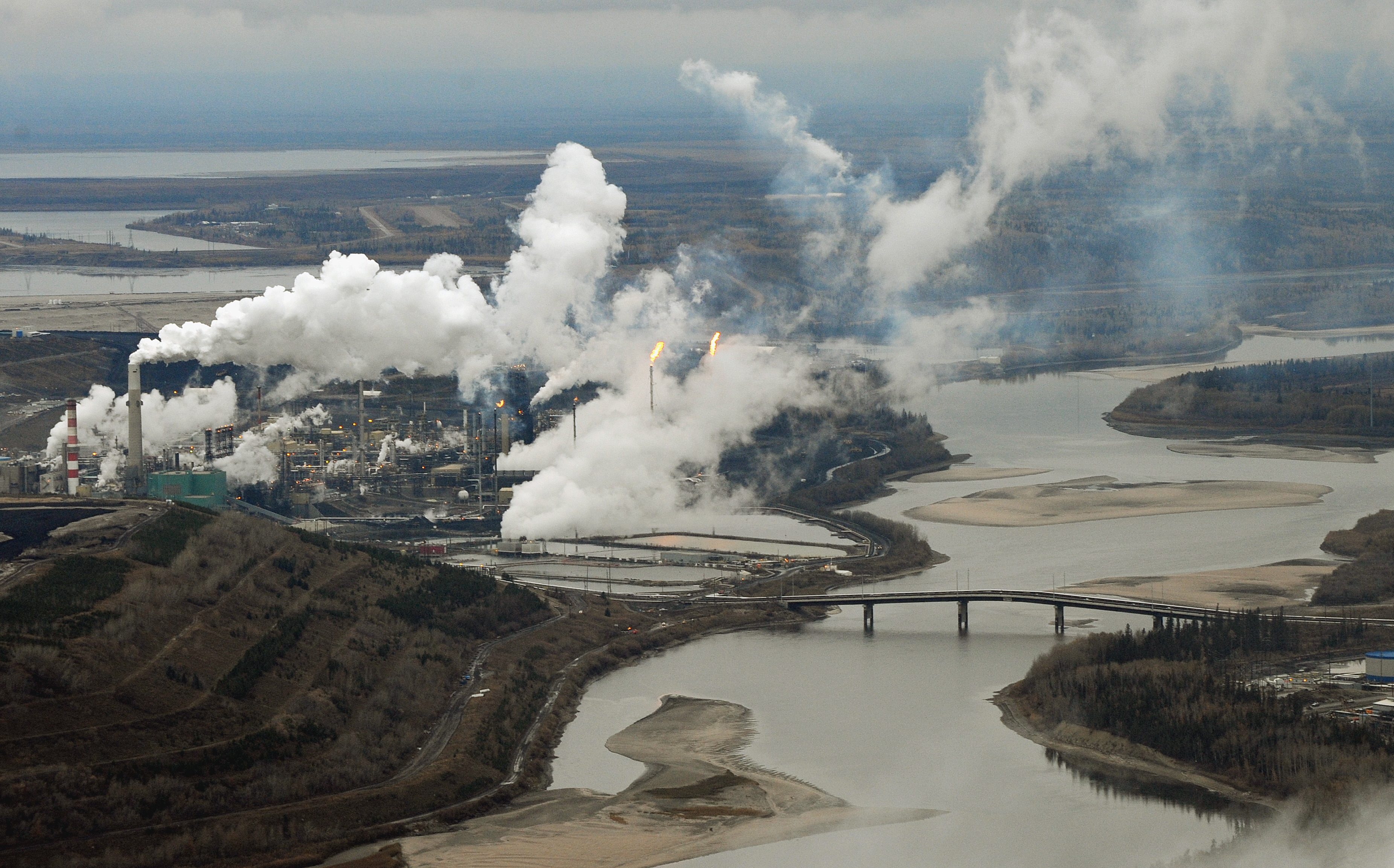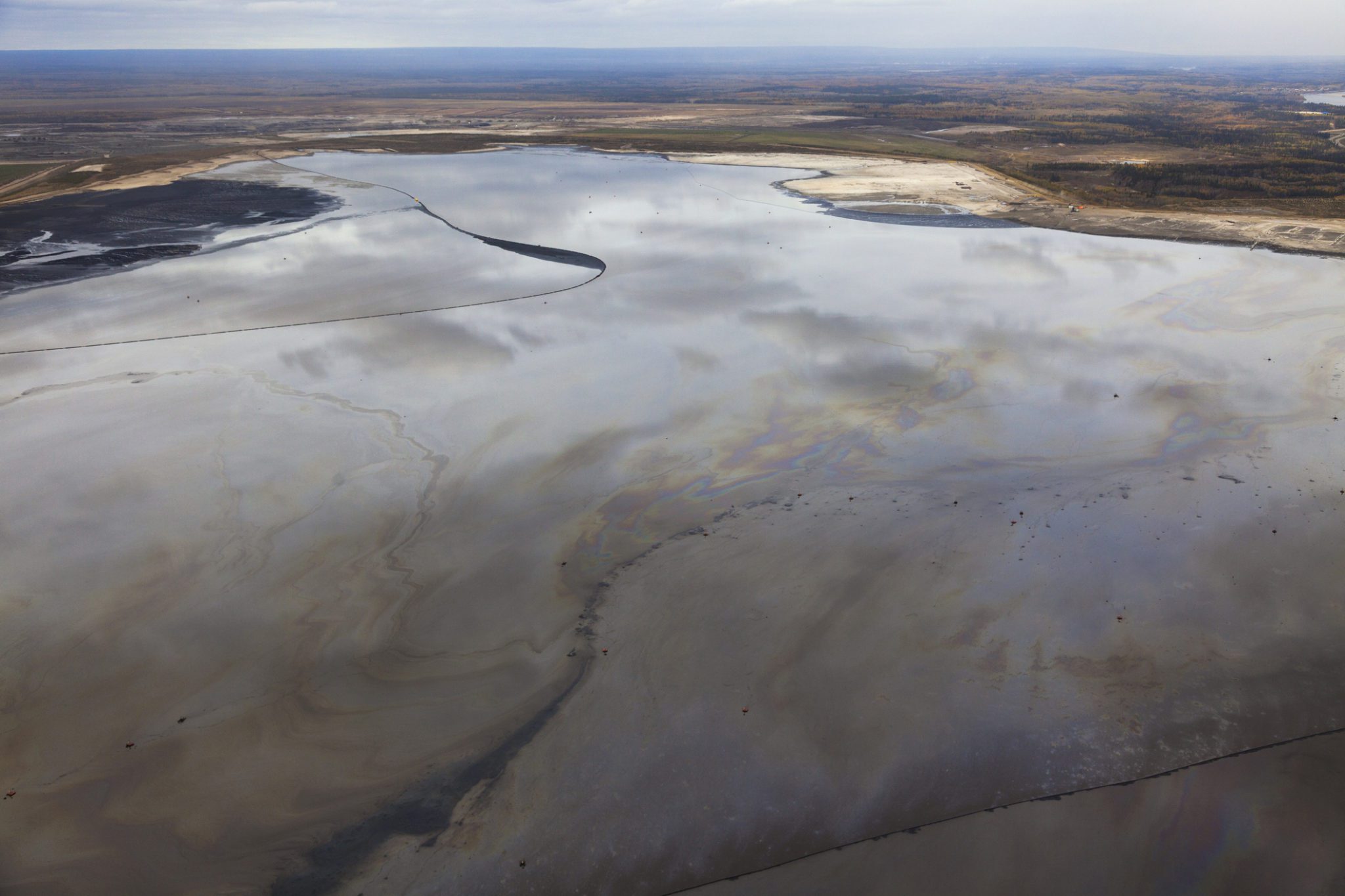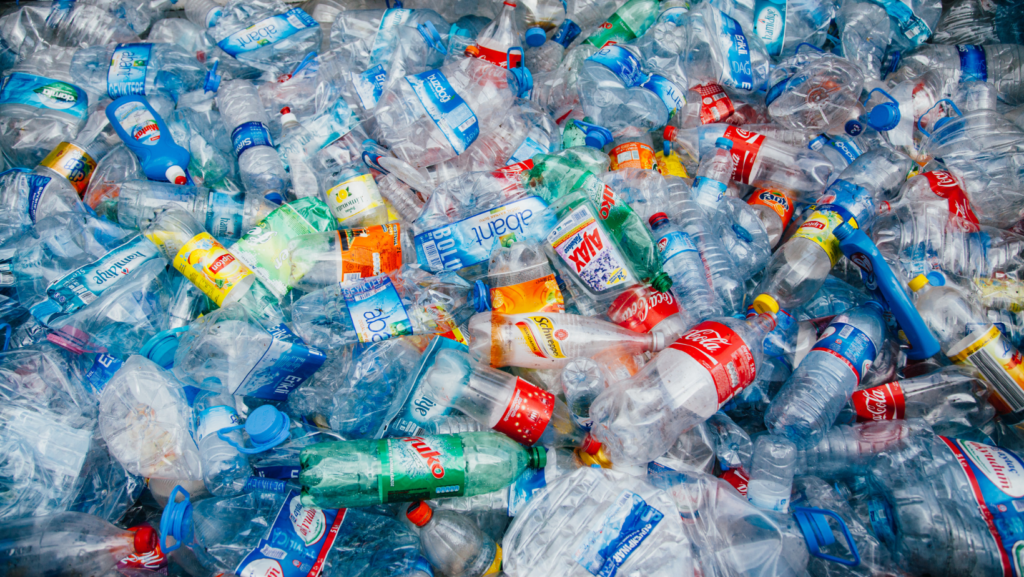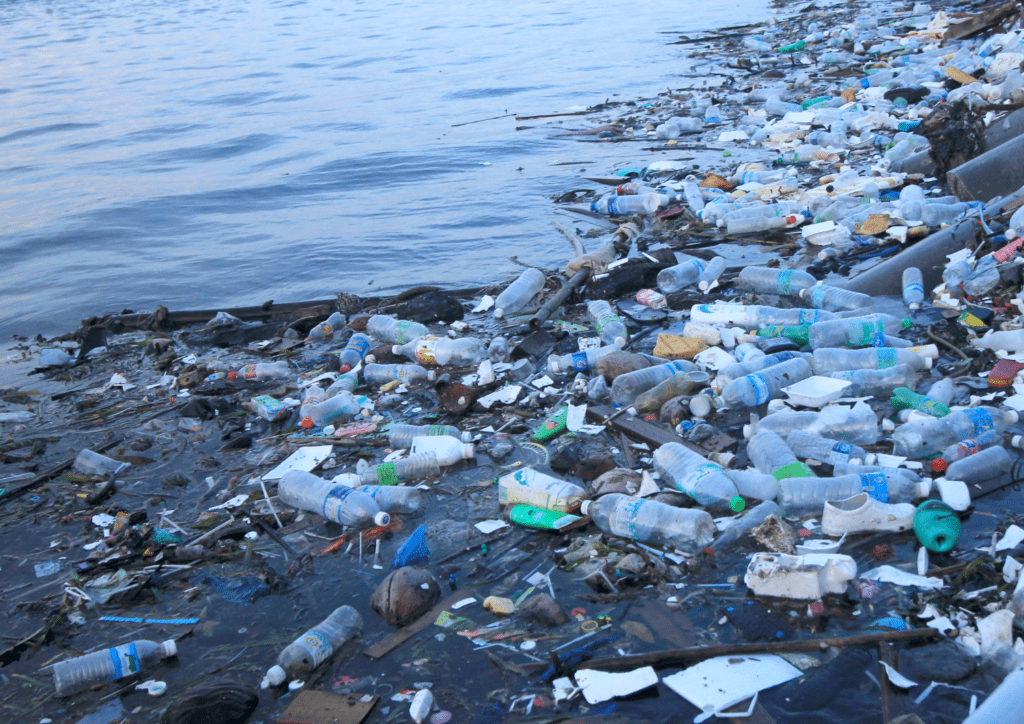This post was co-written by Aliénor Rougeot, Program Manager, Climate and Energy
Welcome to the first stop on the journey of the story of plastic in Canada: the Athabasca region in Northern Alberta. The Athabasca has been home to Indigenous people since time immemorial and part of Treaty 8, originally signed in 1899. This is the territory of Cree, Déne and Métis nations who live and work in a beautiful and bountiful place. A place that also happens to be on the frontlines of one of the most destructive large-scale industrial projects in the world…the Alberta tar sands.
The tar sands are the largest deposit of crude oil on the planet. They are also Canada’s fastest growing source of global warming pollution. But what does this have to do with plastic?
This Plastic Free July, we’re sharing the full story – and impacts – of plastics in Canada. Throughout the month of July, we’re taking you on a step-by-step journey that exposes the true cost of the plastic lifecycle. And it all starts in the tar sands.
What Are the Tar Sands…and What Do They Have to Do With Plastic?
Almost all plastic is made from fossil fuels. In fact, plastic and petrochemicals (chemicals made from oil and gas) have been called the fossil fuel industry’s Plan B – a way to prop up demand for oil and gas as the world stops using it for transportation and energy in order to meet climate commitments. Plan B would prolong the environmental crisis in one of the country’s most vulnerable regions.
Extracting oil from the sand is an energy-intensive process that results in massive emissions of greenhouse gasses even before the oil is used for things like energy, transportation or petrochemicals and plastics. It also uses lots of fresh water, leaving it contaminated with toxic chemicals that poison the once-pristine Athabasca watershed on which the people who live there rely for food and cultural practices and expression.

Oil and Water Don’t Mix
Water is life. But the 30 “ponds” that collect the runoff from tar sands mining in the Athabasca region are deadly. 1.4 trillion litres of tailings, contaminated with toxic chemicals, have replaced peatlands and forest in the region. Previously this land was habitat for wildlife, including caribou and migratory birds, but now those who land perish on the dirty water.
The small community of Fort Chipewyan, a community on the shores of Lake Athabasca downstream from the tar sands developments are facing cancers and premature births at a disproportionately high rate. This is thought to be related to the toxic chemicals that the oil industry releases into the air and water nearby, but no level of government takes this seriously and has not even ruled out allowing the industry to empty the ponds into the Athabasca.
In a painful irony, the oil extracted from the same tar sands that are literally poisoning the water around them is then shipped off, refined and turned into things like single-use plastic water bottles.
The ongoing legacy of settler colonialism, including clearing the land for polluting industry, has left deep scars in the communities and on the land in the Athabasca region.

Plastic and the Toxic Legacy of Settler Colonialism
The first half of 2023 was a particularly difficult time for Indigenous communities in the Athabasca region. In February news broke that Imperial Oil had been leaking toxic tailings into the watershed for nine months without alerting anyone. At the end of May, residents of Fort Chipewyan were forced to evacuate the community by river and air because of encroaching wildfires linked to climate change.
But despite these and other systemic barriers, communities of the Athabasca are working to protect their lands and lifeways while exercising their inherent rights to steward the land.
The Mikisew Cree have taken their fight to protect the Athabasca-Peace Delta, which runs through Wood Buffalo National Park – Canada’s oldest – to the United Nations to save this world heritage site from industrial development, including the tar sands projects that supply raw materials for petrochemicals and plastics . Additionally, they have created Kitaskino Nuwenëné, a buffer zone at the southern edge of the national park to protect the land and water and prevent tar sands extraction.
The Mikisew Cree and Athabasca Chipewyan First Nation have also launched a plan to restore the habitat of the boreal woodland caribou, a threatened species under the federal Species at Risk Act that is disappearing in part due to tar sands development.
The plastics we use every day are connected to the ongoing injustices in the Athabasca region. Stopping the destruction and honouring the inherent rights of the Indigenous people who live on the land is a big motivation for reigning in plastic production and use. We must reject the oil and gas industry’s Plan B and support the nations in the Athabasca.











